Preview this book
Page count: 2697 pages Preview: 50 pages

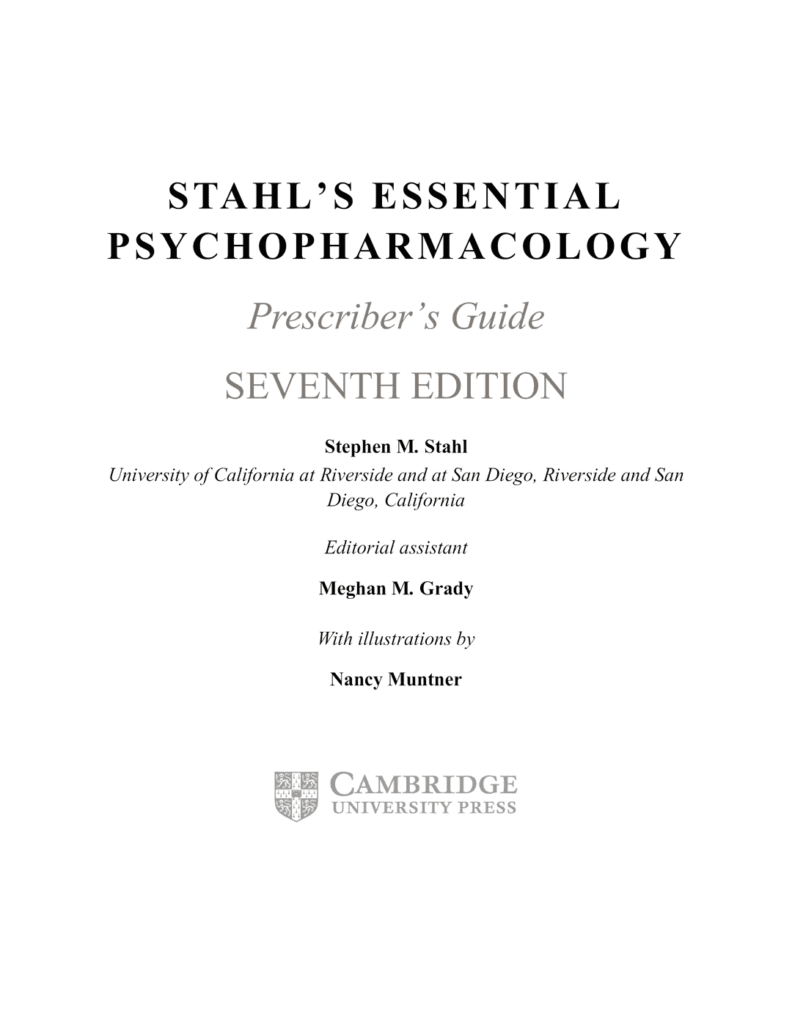
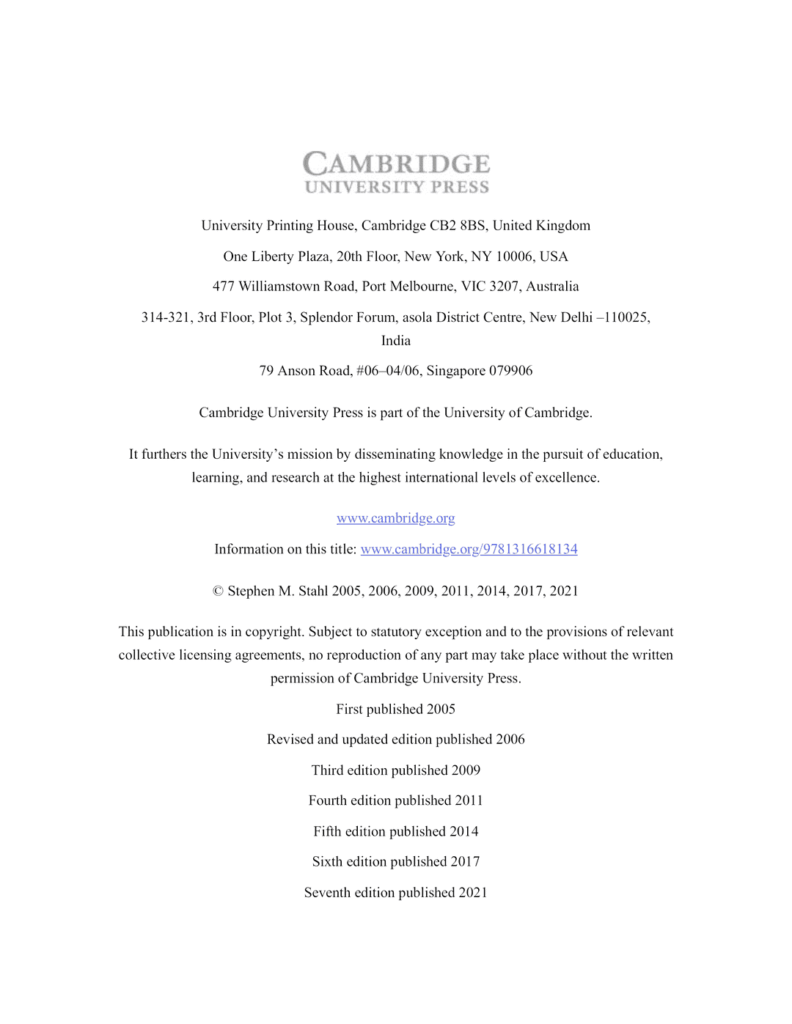
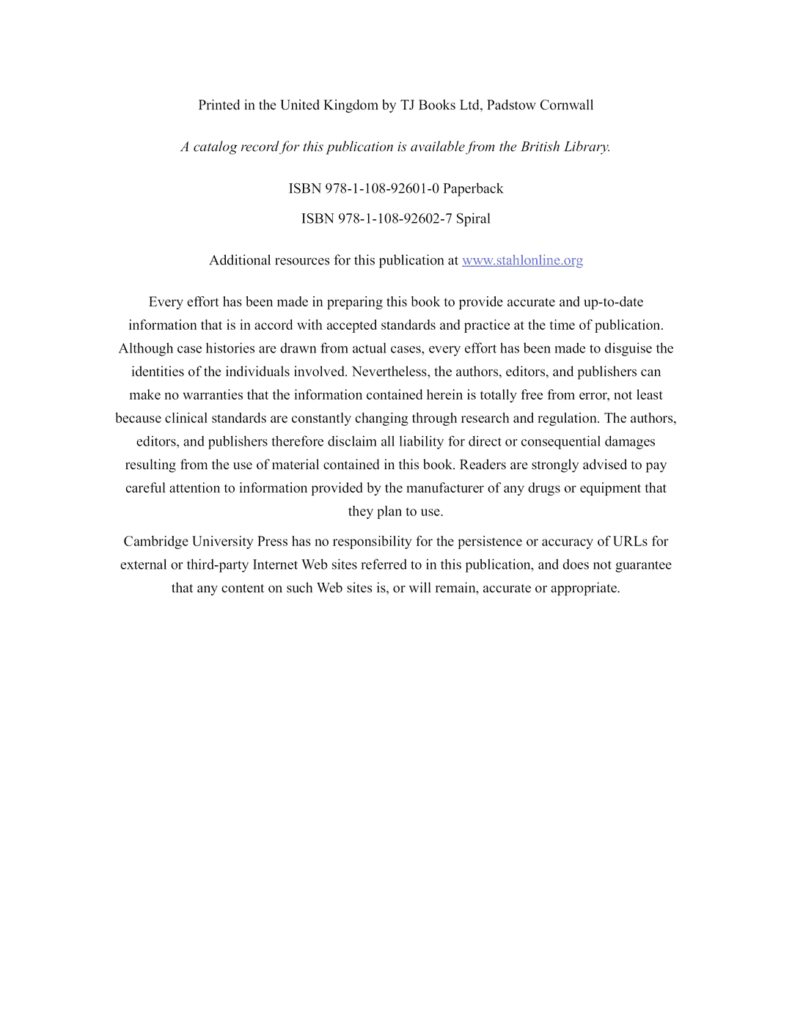
Prescriber’s Guide Stahl’s Essential Psychopharmacology 7th Edition eBook
- Publisher: Cambridge University Press
- Author: Stephen M. Stahl
- Published: November 19, 2020
- ISBN: 9781108926010
- Language: English
- Extension: PDF, EPUB, MOBI
Introduction
This Guide is intended to complement Stahl’s Essential Psychopharmacology . Stahl’s Essential Psychopharmacology emphasizes mechanisms of action and how psychotropic drugs work upon receptors and enzymes in the brain. This Guide gives practical information on how to use these drugs in clinical practice.
It would be impossible to include all available information about any drug in a single work, and no attempt is made here to be comprehensive. The purpose of this Guide is instead to integrate the art of clinical practice with the science of psycho-pharmacology. That means including only essential facts in order to keep things short. Unfortunately it also means excluding less critical facts as well as extraneous information, which may nevertheless be useful to the reader but would make the book too long and dilute the most important information. In deciding what to include and what to omit, the author has drawn upon common sense and 30 years of clinical experience with patients. He has also consulted with many experienced clinicians and analyzed the evidence from controlled clinical trials and regulatory filings with government agencies.
In order to meet the needs of the clinician and to facilitate future updates of this Guide , the opinions of readers are sincerely solicited. Feedback can be emailed to [email protected]. Specifically, are the best and most essential psychotropic drugs included here? Do you find any factual errors? Are there agreements or disagreements with any of the opinions expressed here? Are there suggestions for any additional tips or pearls for future editions? Any and all suggestions and comments are welcomed.
All of the selected drugs are presented in the same format in order to facilitate rapid access to information. Specifically, each drug is broken down into five sections, each designated by a unique color background: Therapeutics, Side Effects, Dosing and Use, Special Populations, and The Art of Psychopharmacology, followed by key references.
Therapeutics covers the brand names in major countries; the class of drug; what it is commonly prescribed and approved for by the United States Food and Drug Administration (FDA); how the drug works; how long it takes to work; what to do if it works or if it doesn’t work; the best augmenting combinations for partial response or treatment resistance; and the tests (if any) that are required.
Side Effects explains how the drug causes side effects; gives a list of notable, life-threatening, or dangerous side effects; gives a specific rating for weight gain or sedation; and gives advice about how to handle side effects, including best augmenting agents for side effects.
Dosing and Use gives the usual dosing range; dosage forms; how to dose and dosing tips; symptoms of overdose; long-term use; if habit forming, how to stop; pharmacokinetics; drug interactions; when not to use; and other warnings or precautions.
Special Populations gives specific information about any possible renal, hepatic, and cardiac impairments, and any precautions to be taken for treating the elderly, children, adolescents, and pregnant and breast-feeding women.
The Art of Psychopharmacology gives the author’s opinions on issues such as the potential advantages and disadvantages of any one drug, the primary target symptoms, and clinical pearls to get the best out of a drug.
In addition, drugs for which switching between medications can be complicated have a special section called The Art of Switching, which includes clinical pearls and graphical representations to help guide the switching process.
There is a list of icons used in this Guide following this Introduction and at the back of the Guide are several indices. The first is an index by drug name, giving both generic names (uncapitalized) and trade names (capitalized and followed by the generic name in parentheses). The second is an index of common uses for the generic drugs included in the Guide and is organized by disorder/symptom. Agents that are approved by the FDA for a particular use are shown in bold. The third index is organized by drug class and lists all the agents that fall within each particular class. In addition to these indices there is a list of abbreviations.
Readers are encouraged to consult standard references 1 and comprehensive psychiatry and pharmacology textbooks for more in-depth information. They are also reminded that the Art of Psychopharmacology section is the author’s opinion.
It is strongly advised that readers familiarize themselves with the standard use of these drugs before attempting any of the more exotic uses discussed, such as unusual drug combinations and doses. Reading about both drugs before augmenting one with the other is also strongly recommended. Today’s psychopharmacologist should also regularly track blood pressure, weight, and body mass index for most of his or her patients. The dutiful clinician will also check out the drug interactions of non-central nervous system (CNS) drugs with those that act in the CNS, including any prescribed by other clinicians.
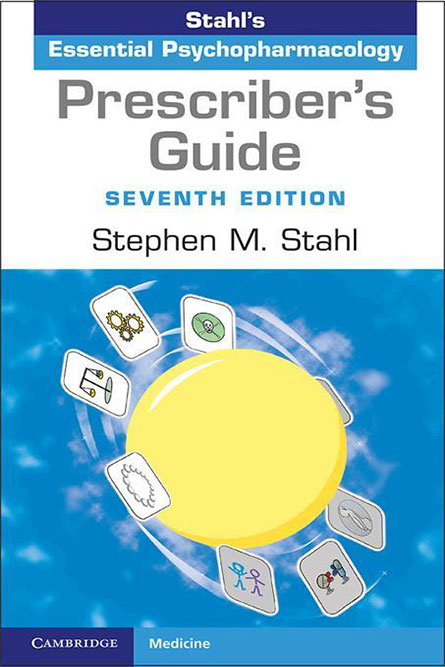
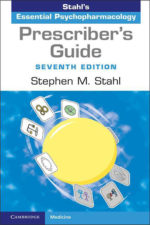
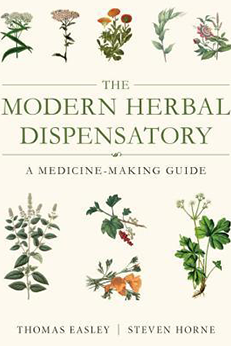
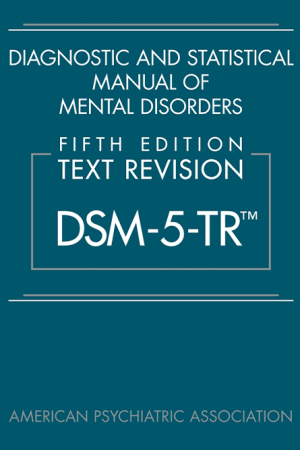


psieffer –
Verified Purchase
vancej23 –
Verified Purchase